Periods! They’re unreliable, painful (literally, figuratively) and bring with them a marvellous cocktail of ever-changing symptoms (rude) that you weren’t expecting, have never experienced before or are all too familiar with.
Of course, our skin is never excluded from the party, with a host of hormone-induced symptoms (some positive, others negative) popping up all month long. Think of your complexion as a barometer for what’s going on with your fluctuating hormones and the symptoms (breakouts, dull or dry skin, unexplained glow) as signs for which phase of your cycle your body is experiencing.
It can feel overwhelming, but it doesn’t have to be and we’re here to help demystify period skin one bloody pimple at a time.
How do hormones affect our skin month-to-month?
Our bodies are well-oiled machines and there’s a lot that goes on under the surface that manifests on our skin. Mildly complicated, but wildly important actions take place roughly on a 28-day cycle. Though, you will know, like all of those who menstruate, that the cycle can be shorter (early periods!) or longer (late periods!) depending on what your body feels like.
The hormones that play a role in this 28-day cycle are estrogen, progesterone and testosterone. These hormones have influence over our sebaceous glands, which produce sebum (natural oils) and, depending on our fluctuating hormone levels can be prompted to over or under produce oil.
“If you think about our hormonal cycle, in the first two weeks we’ve got more estrogen,” explains Dr Shyamalar Gunatheesan, Founding Dermatologist at ODE Dermatology. “Now estrogen plumps up our skin, it increases collagen production, [and] it actually reduces sebum production, so when you’ve got more estrogen on board you tend to look less pore-y, less oily.”
In short, if you’ve ever noticed a certain inexplicable glow, or a plumped up, balanced complexion, it’s likely that your skin is looking miraculous thanks to rising and peaking estrogen levels.
“Then halfway through our cycle we get more progesterone, which coincides with ovulation, so the egg producing phase. Progesterone, we think, seems to increase oil production thereby clogging your pores,” Dr Shyamalar continues. “Then when you have dead skin and sebum production trapped in that pore you get inflammation.” Or, as you know and love them: period-induced pimples. We just call them pests.
What are the stages of the hormonal skin cycle and how do they affect the skin?
There are four stages within each ovulation cycle, each with different star signs and effects on your body and skin (fun!):
Menstruation (Days 1-5)
Estrogen and progesterone are at their lowest levels which can result in drier, duller skin. Now is the time to work in heavy duty hydrators and go easy on strong actives says Dermal Therapist Yadira Cauchi.
“Using strong actives may exacerbate any dryness or lead to further skin barrier issues,” Yadira explains, advising not to quit them altogether. “Monitor your skin and focus on hydration. Great ingredients to incorporate into your routine during this time may include: hyaluronic acid, glycerin, panthenol and niacinamide. Gentle, calming ingredients are key if the skin feels extra sensitive or is breaking out during this time.”
The Follicular Phase (Days 6-14)
Hormone levels are rebalancing and around the nine to the 13-14 day mark estrogen will peak. This is when you can expect to be at your glowiest and skin-wise your complexion is bright, clear and plump. So it’s business as usual for skincare however, because skin is so damn happy, some experts believe this is a great time to trial new products or ingredients you’ve been itching to slather on.
Ovulation (Day 14)
Ovulation generally takes place on day 14 of your cycle, give or take a few days. Estrogen is at its peak but will begin to decrease and trigger the next phase of your cycle. Here’s where you may want to turn up your AHAs and BHAs, and be more “judicious” with your skincare steps, says Dr Shyamalar.
“If you know that you definitely get that premenstrual flare, I wouldn’t wait for the pimple to happen,” she advises, noting stepping up chemical exfoliants like Exfoliating Swipeys (yes, retinol counts) 10 days prior to your period can help fight off impending congestion.
The Luteal Phase (Days 15-28)
Mid-cycle progesterone begins to rise and prompts the production of sebum. Skin is likely to swell and pores can contract (good!) leading to inflammation (bad!). This, in combination with overproduction of sebum, can cause breakouts and be a particularly tricky time for those with hormonal acne. Testosterone also begins to rise the closer you slide towards menstruation and, unfortunately, can also cause overproduction of sebum which can provide a healthy home for acne-causing bacteria.
During this phase you may want to reconsider layering too many products, especially oil-based formulas, and focus on detoxifying (clay masks or sulfur-rich treatments), hydrating and soothing as skin can be at its most sensitive.
It’s also wise to remember that hormones can trigger different responses in all of us and where some may experience oilier skin, others may see little change in their complexion and vice versa.
What’s the difference between hormonal breakouts and acne?
Experts believe that more severe breakouts that arrive during your luteal phase may indicate hormonal acne and such breakouts are often concentrated in the lower half of the face—the chin, cheeks, neck and jawline.
Dr Shyamalar advises that hormonal acne requires specialist care to manage but if you’re dealing with “painful lumps, any bit of scarring or if you think you’re chasing your tail” getting a dermatologist's opinion is a must as you may be dealing with more than just hormonal breakouts.
“I’m a firm believer in having a prescription on board for one or two months to get control while you get the skincare and your lifestyle factors under control but the message is: as soon as you start getting permanent redness or painful cysts or it’s affecting your mental health, get a proper analysis.”
Dealing with hormonal breakouts? Always reach out to a doctor, dermatologist, or skin care professional as they can provide you with personalised advice for your skin.




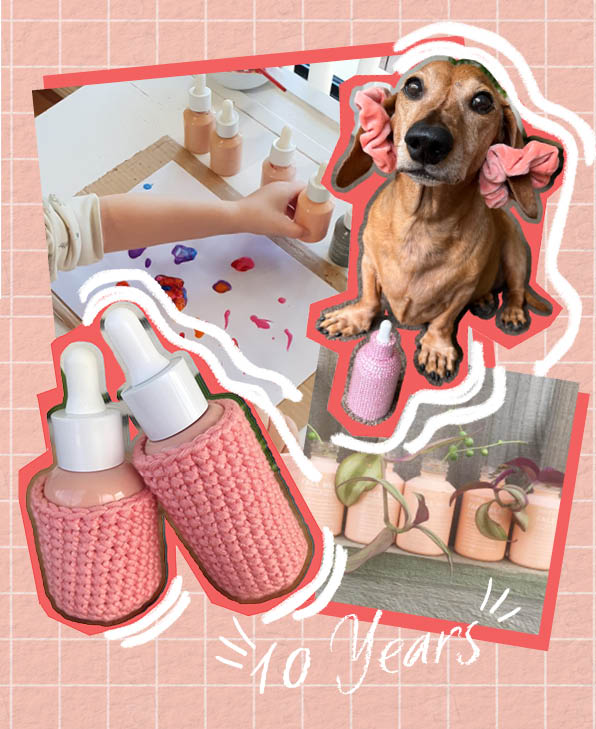

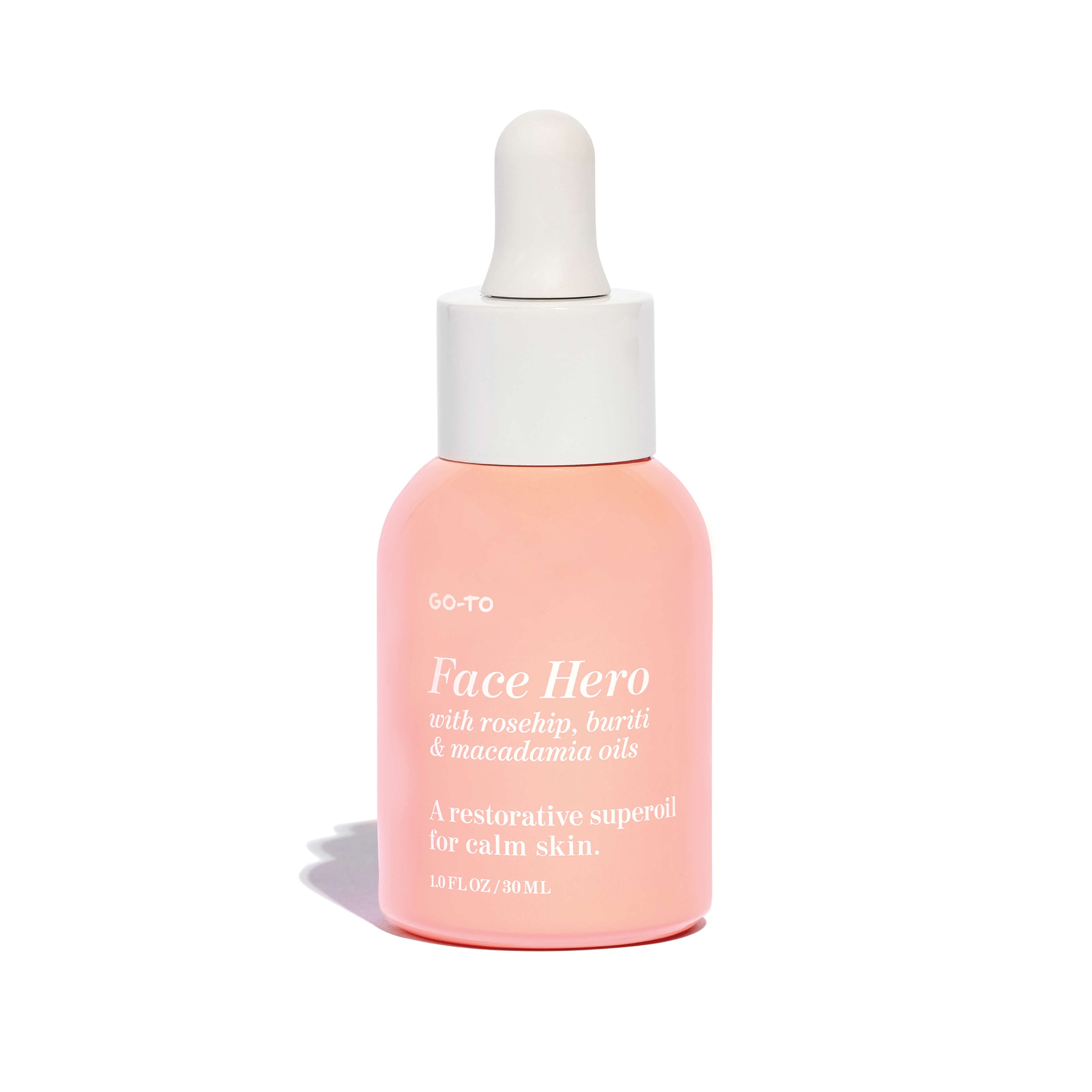


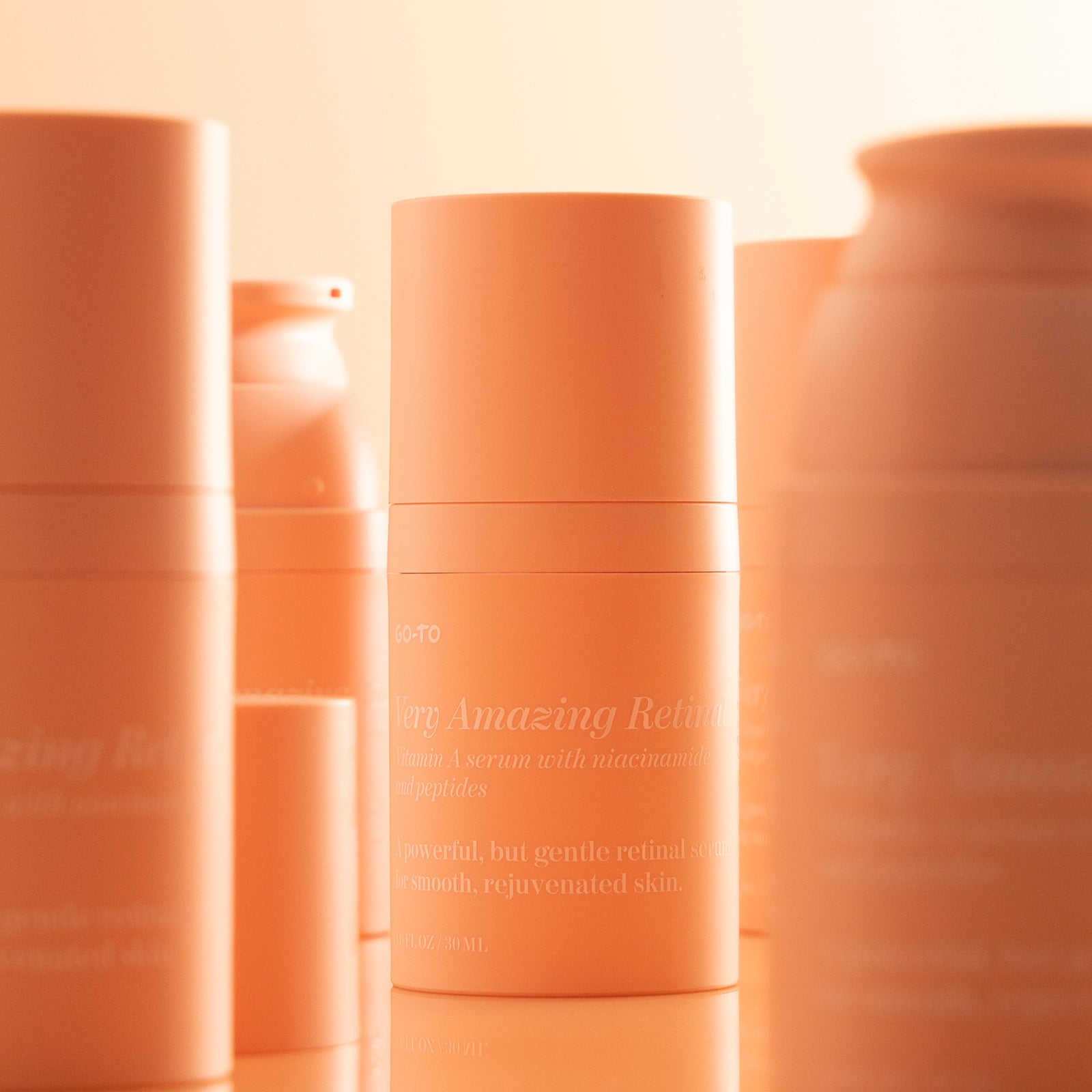
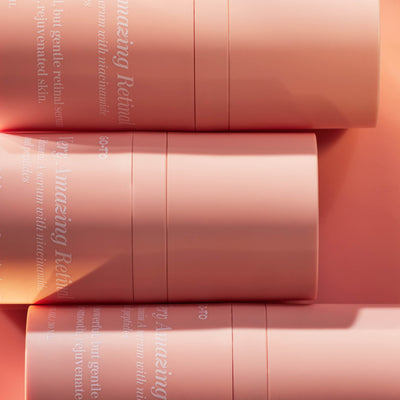

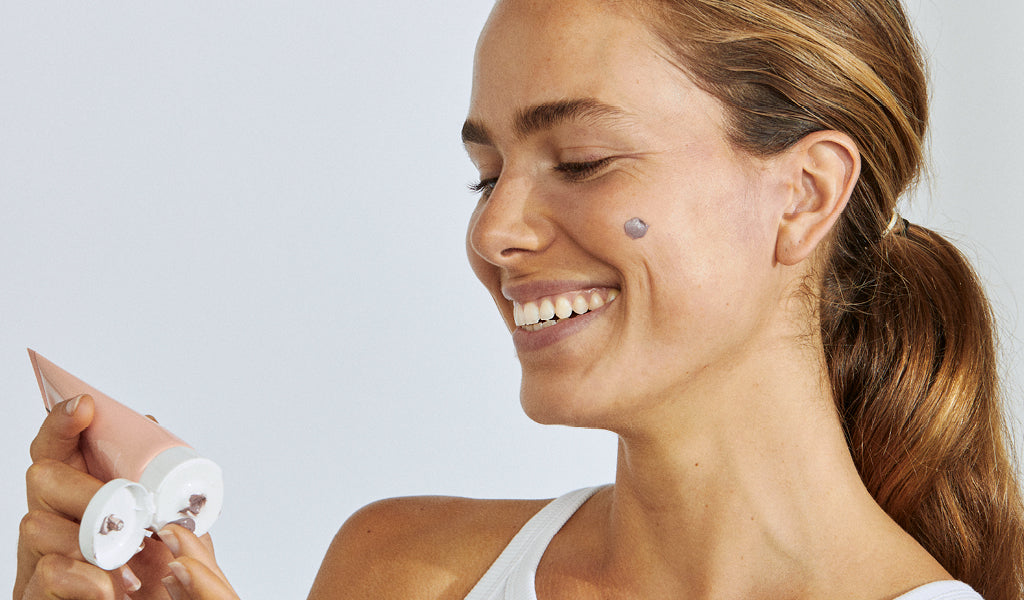

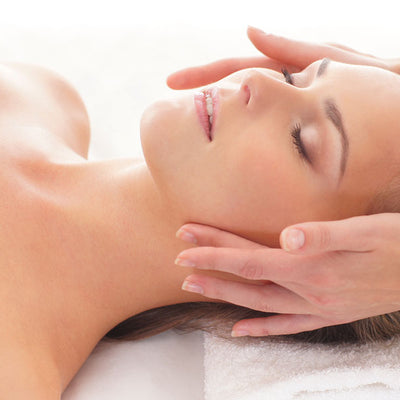
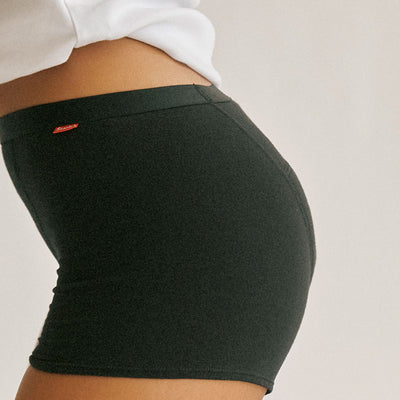
Comments